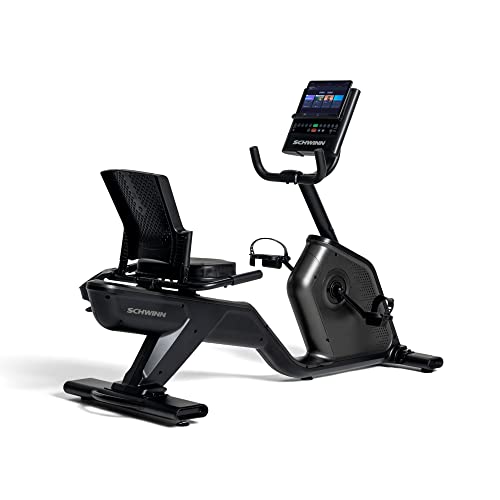I like your cabinet magnet idea.
Most all parallel forms are braced with an X style bracing for strength. Could you do that to stiffen up the board flex on Scurf?
Hmmmm…
If your platform is a thin “slab” it will flex. But ignore that for the moment.
The wood deck should provide lots of diaphragm strength, such that no x brace would be needed in the plane of the wood.
For that to work you need lots of fasteners around the edges of the framework and to the intermediate crossmembers as well.
Imagine when you’re building a house, you have to nail the plywood on 6 inches on center all the way around the sheet edges and 12 inches on center in between. But for high-strength construction the number of nails can triple. The better you tie a diaphragm to the frame, the more rigid the assembly becomes in every direction.
OK this is gonna sound a little harsh .Your strong wood diaphragm is clipped onto the frame in the manner of an ornament. It doesn’t become part of the framework until you screw it down all the way around the edges. Your frame doesn’t have an edge in front at all, which makes the x-brace less workable. The “x” has to brace the inside of a steel rectangle.
Of course you reach the practical limit of diaphragm edge fasteners, when the screws perforate the wood so thoroughly that it just rips apart at the screw lines, Like a perforated envelope.
2 1/2 inches on center was the closest I ever saw them specify 8d nails through plywood. In your case I would suggest no closer than two thicknesses of the wood.
1/2” board = 1” oc min, Fastened into the steel with regular skateboard screws. The maximum is determined by where you need to put the screws to avoid drilling through welds and things. Plus your willingness to drill.
Anyhow I don’t think you have tied the wood Into the structure well, and if you wanna shim it up Instead of grinding at the interferences that would allow you to add extra bracing and extra steel to put those screws in. The pattern can be as practical or artistic as you wanna make it, If you can get that board tied down tight to the frame.

Without the yellow strut welded here, the X will flex a lot. You have to absorb the forces in all three directions at a trussed joint. Look up at your ceiling which is supported by trusses (or Rafters) that also hold up the whole roof. The diaphragm of that ceiling is attached at regular intervals, and it braces all of those trusses to keep your house square.
And it’s not even wood! But it works so well because the diaphragm is attached at closely spaced intervals.





























































